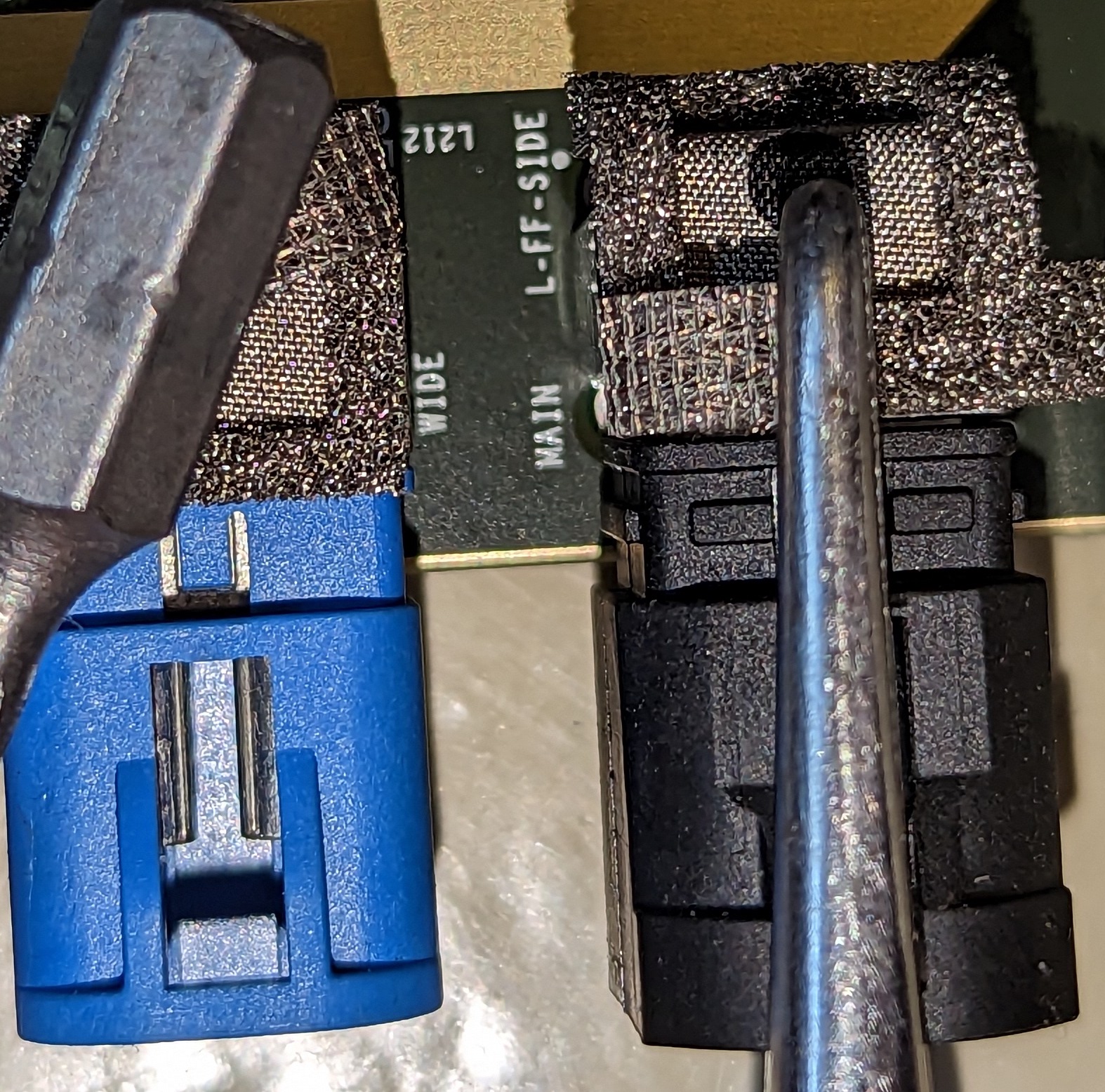
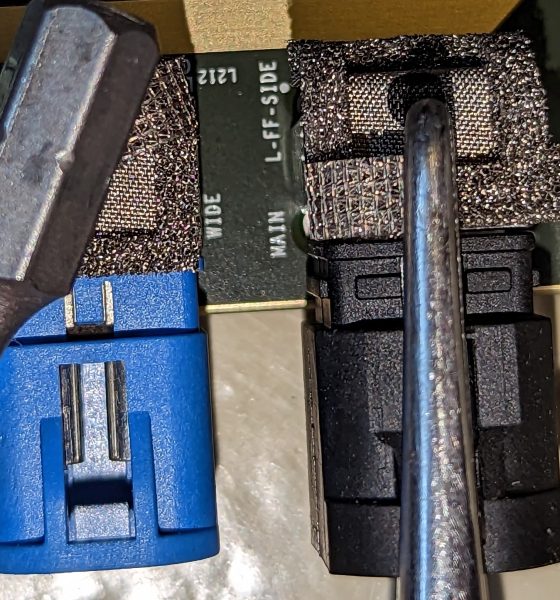
News
Tesla Hardware 4 camera ports hint at 360-degree view with no blind spots
The recent leaks of Tesla’s Hardware 4 computer provided a pretty clear teaser of the upcoming changes coming to the electric vehicle maker’s Autopilot unit. While there is still much to be learned about HW4, the leaks suggest that the number of cameras in Tesla’s electric vehicles may be increased to 11.
Hardware 4, as its name suggests, is Tesla’s next-generation Autopilot computer. Elon Musk noted during the Q4 and FY 2022 earnings call that HW4 should be capable of operating 500% to 600% safer than a human driver. The existing Hardware 3 computer being rolled out to vehicles like the Model 3 and Model Y today are equipped with Hardware 3, which Musk noted should be capable of operating 200% to 300% safer than a human driver.
Hardware 4 and Tesla Vision
Considering the electric vehicle maker’s focus on Tesla Vision, it is pertinent for FSD and Autopilot to see and analyze road conditions very well in real-time. With this in mind, and as per the Hardware 4 leaks that were recently posted on Twitter by prolific Tesla hacker @greentheonly, it would appear that the electric vehicle maker is increasing the number of its cameras to 11.
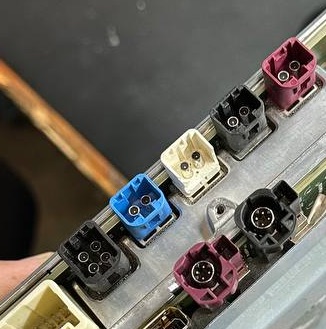
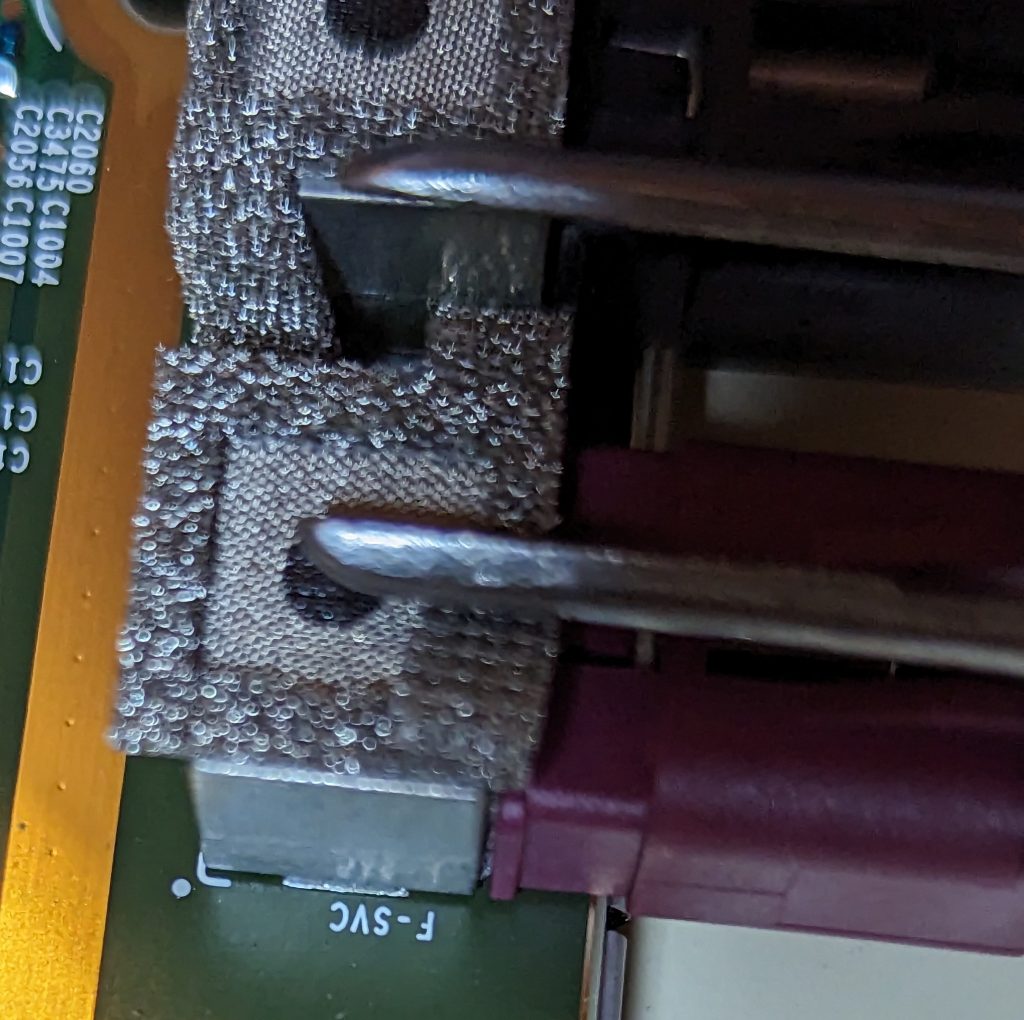
A look at the Hardware 4 computer would show 12 fully-populated camera connectors, with one being marked as “Spare.” Of the remaining 11, one will still be used for the cabin camera while ten will be used for the vehicle’s exterior. This is not surprising at all as the company adopts a similar system with its existing eight-camera layout for its vehicles today.
Hardware 3 vs. Hardware 4 Cameras
For context, Tesla’s existing layout features an eight-camera setup: one above the rear license plate, one in each door pillar, three mounted on the windshield above the rearview mirror, and one mounted to each front fender. A radar unit and ultrasonic sensors were also used in the past, though Tesla phased these out as the company focused on its development of Tesla Vision.
The leaked Hardware 4 images list the cameras as the following: “F-SVC,” “L-SVC,” “R-SVC,” “L-FF-Rear,” “R-FF-Rear,” “L-FF-Side,” “R-FF-Side,” “Wide,” “Main,” “Backup,” and “Selfie.” As per the Tesla hacker, the names are a bit cryptic, but based on how they are listed, one could speculate where the cameras will be placed in a Tesla equipped with a Hardware 4 computer.
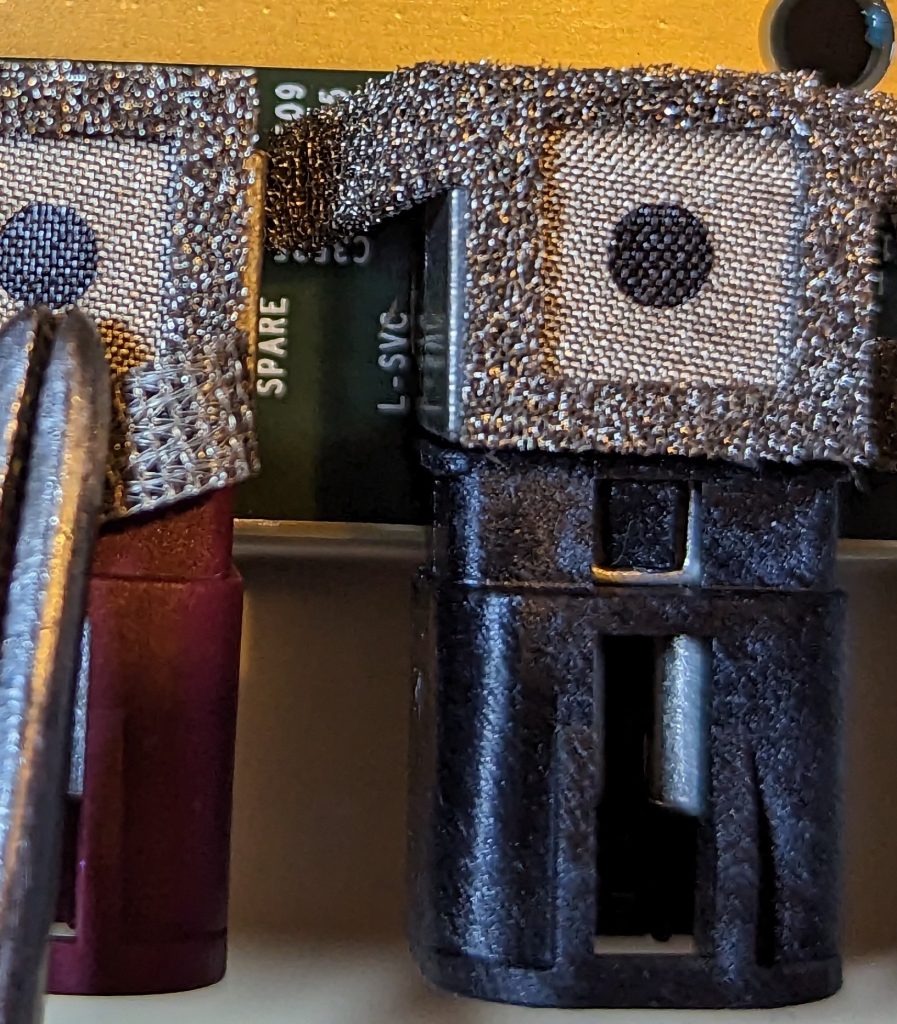
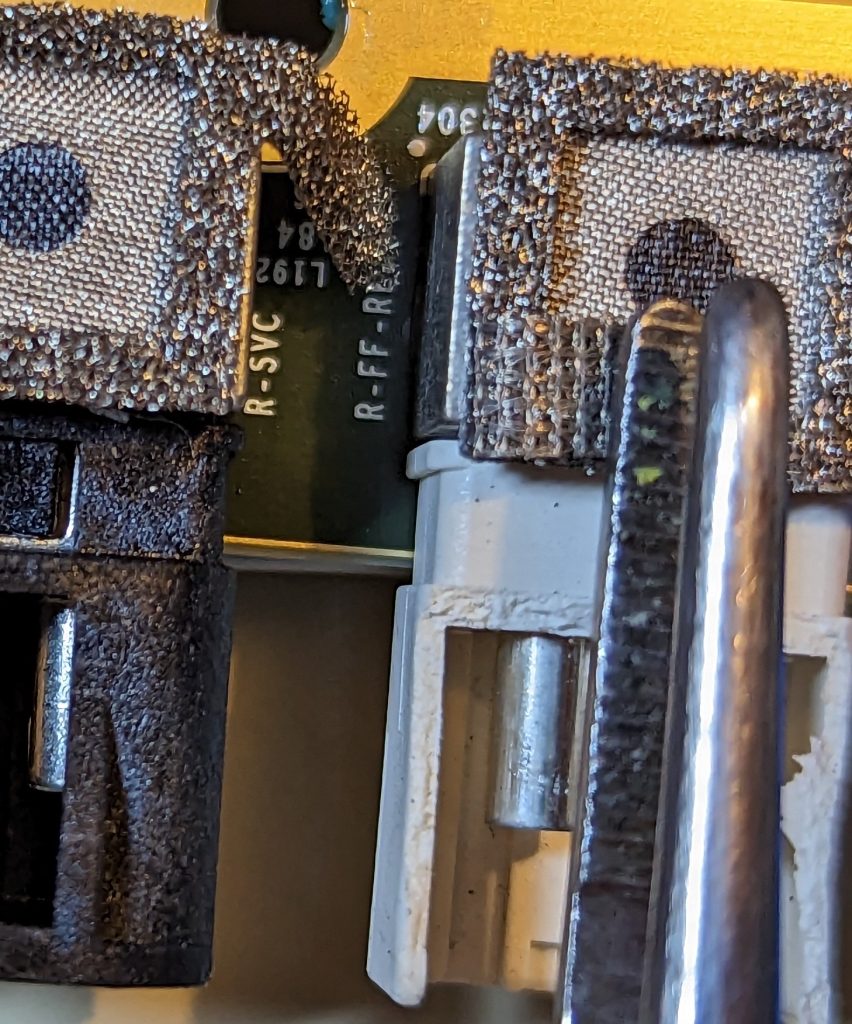
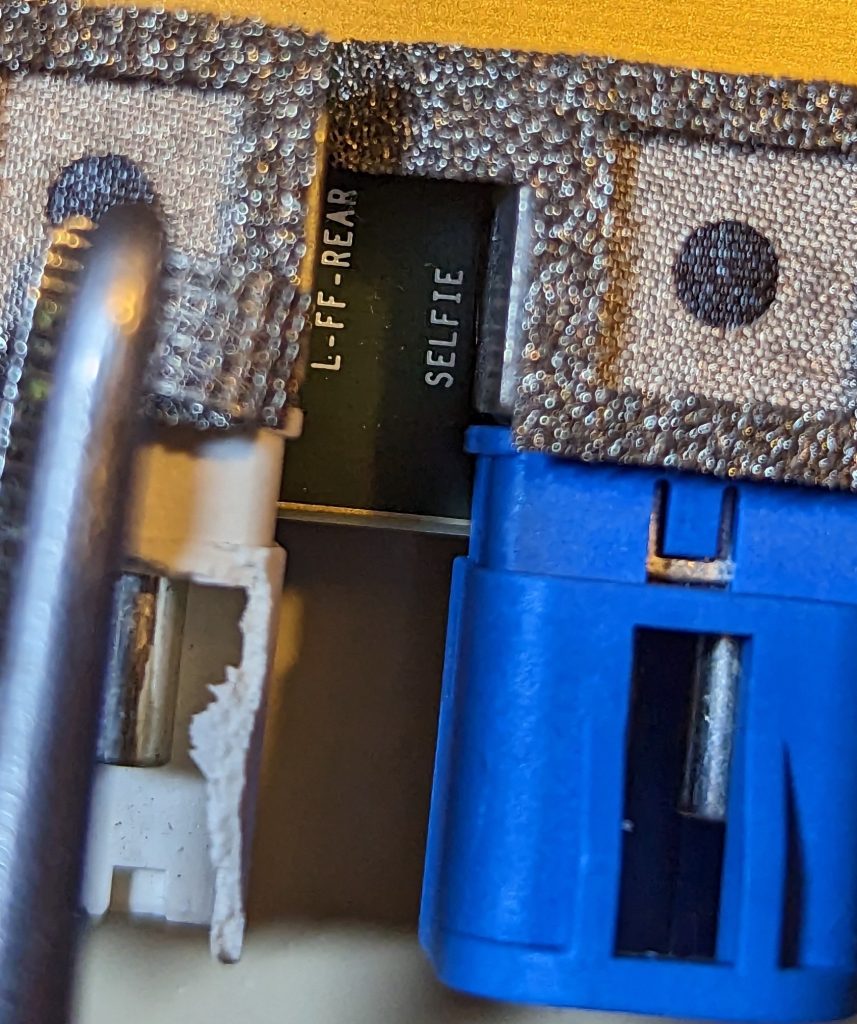
Potential Hardware 4 Camera Placements
Immediately noticeable in the leaked images are the three cameras marked “F-SVC,” “L-SVC,” and “R-SVC.” The Tesla Parts Catalog shows that “SVC” refers to vehicle bumpers, so with these in mind, it would appear that Hardware 4 would be using three bumper cameras. Considering the references to “F,” “L,” and “R” SVC placements, the Tesla hacker noted that one of the Hardware 4 cameras might be placed in the front bumper, while two may be placed on both sides of the rear bumpers for cross traffic.
Also notable are the Hardware 4 camera slots listed as “FF.” A total of four cameras are listed with these letters: “L-FF-Rear,” “R-FF-Rear,” “L-FF-Side,” and “R-FF-Side.” The Tesla hacker speculated that “FF” might refer to “Front Fender,” which would suggest that the cameras in the pillar may be moved to the front fender. Other Tesla watchers, however, have suggested that “FF” may also mean “Front Facing,” “Full-Frame” for higher resolution images, or “Far Field.”


No Blind Spots and 360-degree-view
If the Hardware 4 leaks are accurate, it would suggest that Tesla would be increasing the number of cameras by two as it rolls out vehicles that are equipped with its new Autopilot computer. Comparing the existing camera setup in Hardware 3 and the potential setup of Hardware 4, it would appear that the new cameras will be those placed in the rear bumper. This may also suggest that the ultrasonic sensors that were phased out in the rear bumpers might be replaced with cameras.
Considering the potential setup of the Hardware 4 cameras, it would appear that Tesla would finally be rolling out a 360-degree view of its vehicles, which is a highly-requested feature among owners. It would also mean that some blind spots in existing cars would be addressed. Overall, Hardware 4 might not just be a step up in performance; it might also be a notable step up in safety and vision.
Don’t hesitate to contact us with news tips. Just send a message to simon@teslarati.com to give us a heads up.

News
Tesla FSD V14.2 starts rolling out to initial batch of vehicles
It would likely only be a matter of time before FSD V14.2 videos are posted and shared on social media.
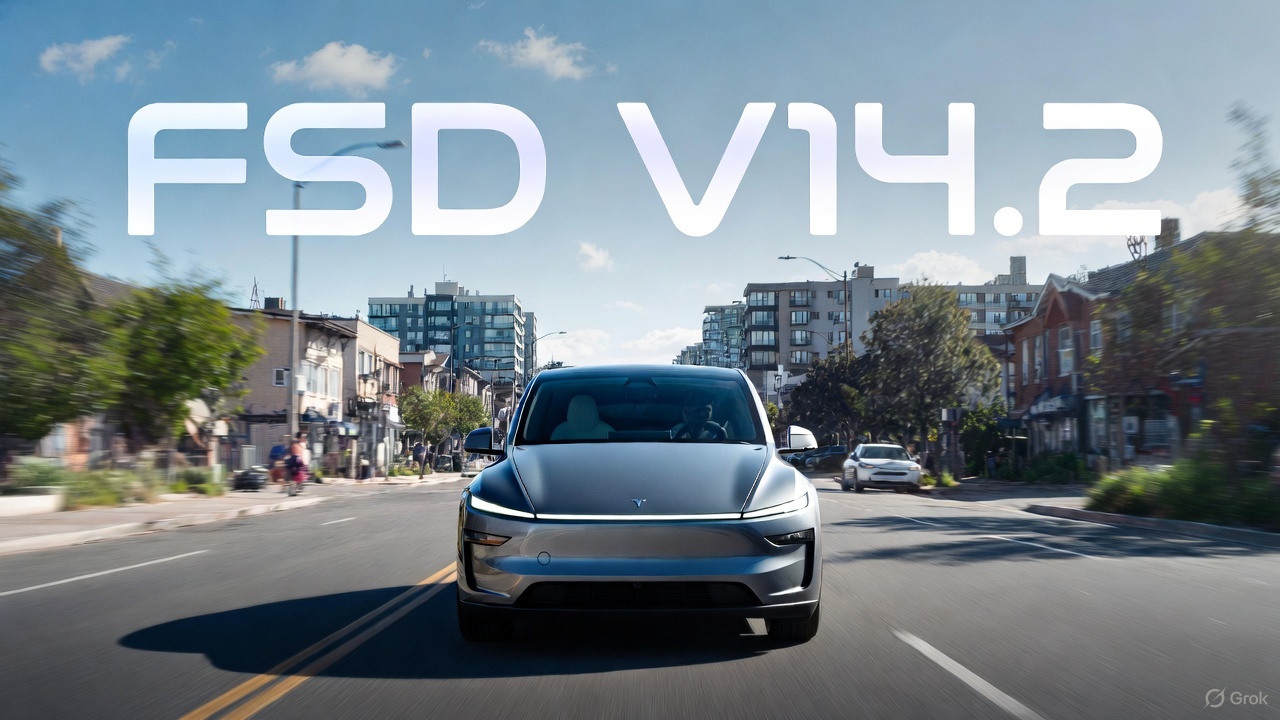
Tesla has begun pushing Full Self-Driving (Supervised) v14.2 to its initial batch of vehicles. The update was initially observed by Tesla owners and veteran FSD users on social media platform X on Friday.
So far, reports of the update have been shared by Model Y owners in California whose vehicles are equipped with the company’s AI4 hardware, though it would not be surprising if more Tesla owners across the country receive the update as well.
Based on the release notes of the update, key improvements in FSD V14.2 include a revamped neural network for better detection of emergency vehicles, obstacles, and human gestures, as well as options to select arrival spots.
It would likely only be a matter of time before FSD V14.2 videos are posted and shared on social media.
Following are the release notes of FSD (Supervised) V14.2, as shared on X by longtime FSD tester Whole Mars Catalog.

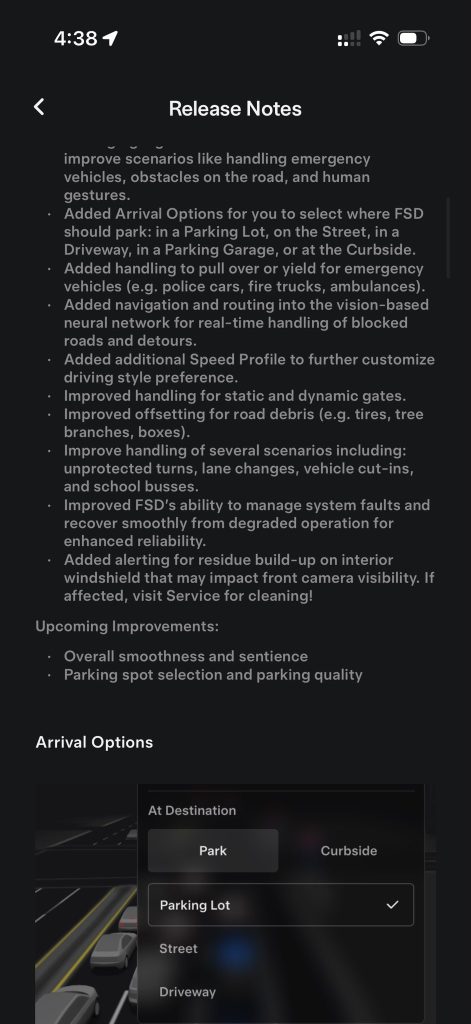
Release Notes
2025.38.9.5
Currently Installed
FSD (Supervised) v14.2
Full Self-Driving (Supervised) v14.2 includes:
- Upgraded the neural network vision encoder, leveraging higher resolution features to further improve scenarios like handling emergency vehicles, obstacles on the road, and human gestures.
- Added Arrival Options for you to select where FSD should park: in a Parking Lot, on the Street, in a Driveway, in a Parking Garage, or at the Curbside.
- Added handling to pull over or yield for emergency vehicles (e.g. police cars, fire trucks, ambulances.
- Added navigation and routing into the vision-based neural network for real-time handling of blocked roads and detours.
- Added additional Speed Profile to further customize driving style preference.
- Improved handling for static and dynamic gates.
- Improved offsetting for road debris (e.g. tires, tree branches, boxes).
- Improve handling of several scenarios including: unprotected turns, lane changes, vehicle cut-ins, and school busses.
- Improved FSD’s ability to manage system faults and improve scenarios like handling emergency vehicles, obstacles on the road, and human gestures.
- Added Arrival Options for you to select where FSD should park: in a Parking Lot, on the Street, in a Driveway, in a Parking Garage, or at the Curbside.
- Added handling to pull over or yield for emergency vehicles (e.g. police cars, fire trucks, ambulances).
- Added navigation and routing into the vision-based neural network for real-time handling of blocked roads and detours.
- Added additional Speed Profile to further customize driving style preference.
- Improved handling for static and dynamic gates.
- Improved offsetting for road debris (e.g. tires, tree branches, boxes).
- Improve handling of several scenarios, including unprotected turns, lane changes, vehicle cut-ins, and school buses.
- Improved FSD’s ability to manage system faults and recover smoothly from degraded operation for enhanced reliability.
- Added alerting for residue build-up on interior windshield that may impact front camera visibility. If affected, visit Service for cleaning!
Upcoming Improvements:
- Overall smoothness and sentience
- Parking spot selection and parking quality
News
Tesla Model X lost 400 pounds thanks to these changes
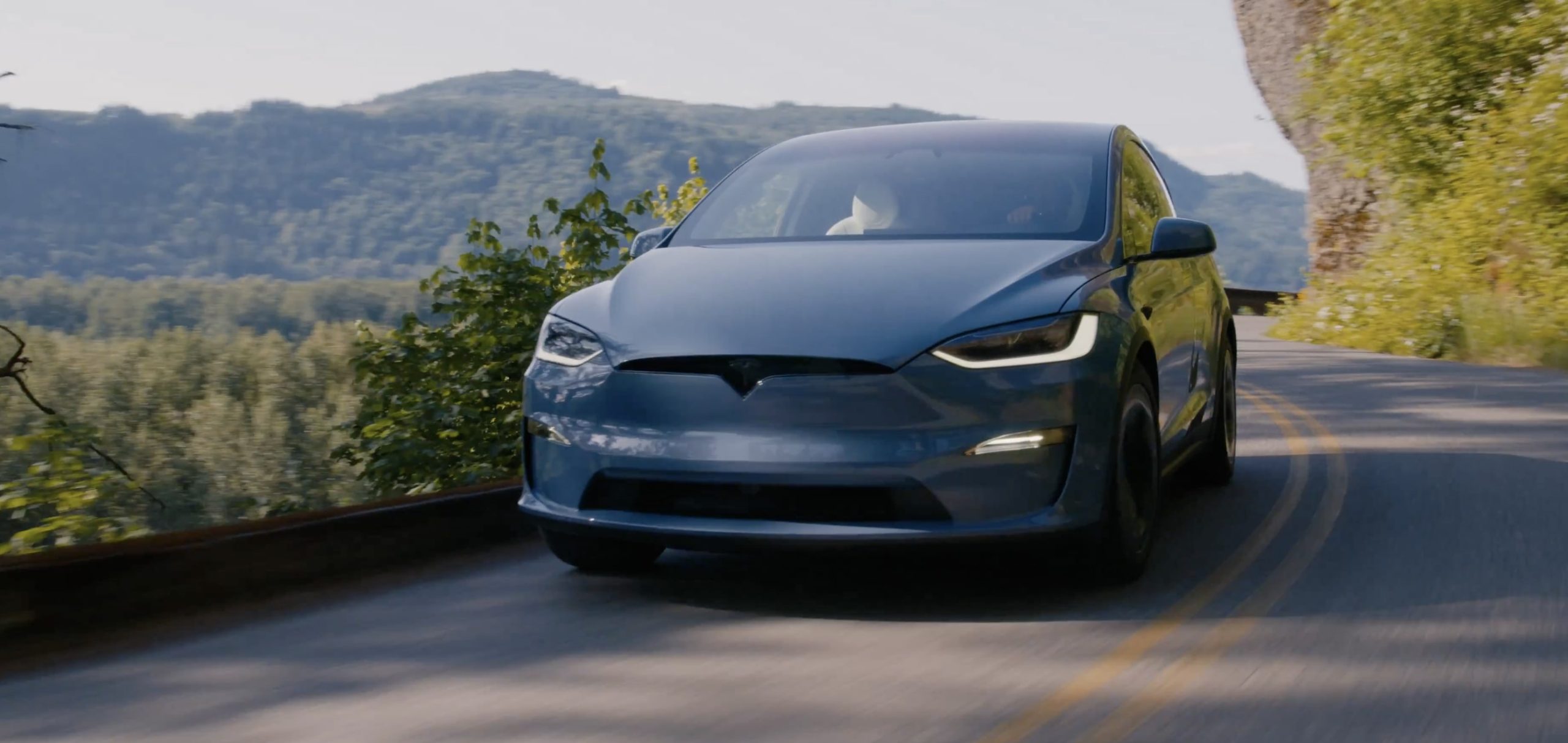
The Tesla Model X has always been one of the company’s most loved vehicles, despite its low sales figures, which can be attributed to its high price tag.
However, the Model X has been a signature item on Tesla’s menu of cars, most notably recognized by its Falcon Wing Doors, which are aware of its surroundings and open according to what’s around it.
But recent improvements to the Model X were looking slim to none, but it appears most of the fixes actually happened under the body, at least according to Tesla’s Vice President of Powertrain, Lars Moravy.
In a recent interview with Car and Driver, Moravy detailed all of the changes to the 2026 iteration of the vehicle, which was about 400 pounds lighter than it was originally. The biggest change is a modification with the rear motor, switching from an induction-type motor to a permanent-magnet design and optimizing the half-shafts, which shed about 100 pounds.
Tesla also got “almost 80 pounds out of the interior bits and pieces,” which “included making parts thinner, different manufacturing process choices, and incorporating airbag-deployment requirements into the headliner fabric,” the report said.
Additionally, the standard five-passenger, bench seat configuration saved 50 pounds by ditching pedestal mounting. This also helped with practicality, as it helped the seat fold flat. Engineers at Tesla also saved 44 pounds from the high-voltage wiring through optimizing the wiring from the charge-port DC/DC converter and switching from copper to aluminum wiring.
Tesla makes a decision on the future of its flagship Model S and Model X
Tesla also simplified the cooling system by reducing the number of radiators. It also incorporated Nürburgring cooling requirements for the Plaid variant, which saved nearly 30 pounds.
Many Tesla fans will be familiar with the megacastings, manufactured in-house by presses from IDRA, which also saves more than 20 pounds and boosts torsional stiffness by around 10 percent. Tweaks to the suspension also saved 10 pounds.
People were truly disappointed with what Tesla did with the Model S and Model X, arguing that the cars needed a more severe exterior overhaul, which might be true. However, Tesla really did a lot to reduce the weight of the vehicle, which helps increase range and efficiency. According to Grok, every 200 pounds removed adds between 7 and 15 percent to range estimations.
This makes sense considering the range estimations both increased by 7 percent from the Model X’s 2025 configuration to the 2026 builds. Range increased on the All-Wheel-Drive trim from 329 miles to 352 miles, while the Plaid went from 314 miles to 335 miles.
News
Tesla launches its new branded Supercharger for Business with first active station

Tesla has officially launched its first branded Supercharger just months after initiating a new program that allows third-party companies to brand their own charging piles.
The site opened in Land O’ Lakes, Florida, and features eight V4 Supercharging stalls offering up to 325 kW of charging speed. It appears it was purchased by a company called Suncoast Credit Union. This particular branch is located Northeast of Tampa, which is on the Gulf of Mexico.
It features graphics of Florida animals, like alligators:
Here’s a video of the graphics being installed on the Tesla Superchargers at this site: https://t.co/oIfEPNZjAH pic.twitter.com/ENWakZ2qT9
— TESLARATI (@Teslarati) November 20, 2025
Tesla launched this program back in September, and it basically was a way to expand its Supercharger presence and also allow companies to pay for the infrastructure. Tesla maintains it. When it announced the “Supercharger for Business,” it said:
“Purchase and install Superchargers at your business. Superchargers are compatible with all electric vehicles, bringing EV drivers to your business by offering convenient, reliable charging.”
The program does a few things. Initially, it expands EV charging infrastructure and makes charging solutions more readily available for drivers. It can also attract people to those businesses specifically.
Tesla launches new Supercharger program that business owners will love
The chargers can also be branded with any logo that the business chooses, which makes them more personalized and also acts as an advertisement.
The best part is that the customers do not have to maintain anything about the Supercharger. Tesla still takes care of it and resolves any issues:
“We treat your site like we treat our sites. By providing you with a full-service package that includes network operations, preventative maintenance, and driver support, we’re able to guarantee 97% uptime–the highest in the industry.”
It appears the Superchargers will also appear within the in-car nav during routing, so they’ll be publicly available to anyone who needs to use them. They are still available to all EVs that have worked with Tesla to utilize its infrastructure, and they are not restricted to people who are only visiting the business.








